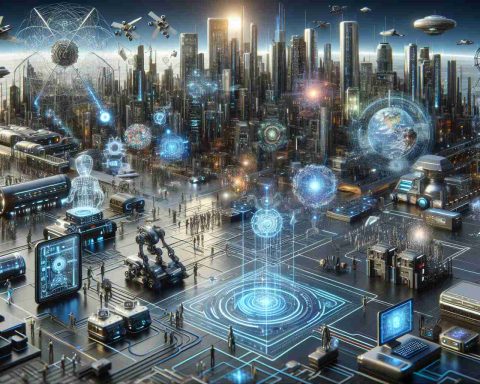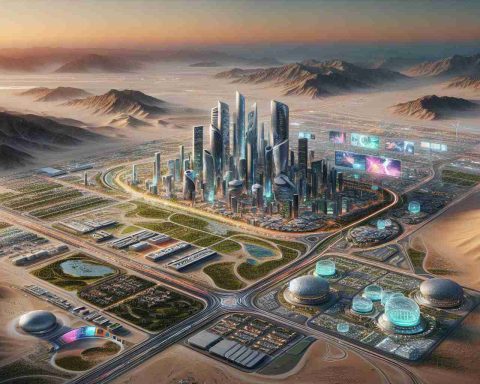With the rapid advancement of artificial intelligence (AI) technologies, a new aspect of environmental concern is emerging — the impact of generative AI models on our planet. As industries across the globe rush to integrate AI systems for efficiency and innovation, the ecological footprint left by these systems demands attention.
The core issue pertains to the immense computing power required to train and run AI models. Generative AI, in particular, consumes significant energy resources due to its need for massive datasets and complex computations. The environmental cost comes from the energy-intensive data centers that house the hardware necessary for creating and operating these intricate models. These centers often rely on non-renewable energy sources, contributing to carbon emissions.
Researchers have begun raising alarms about the sustainability of such technologies. They urge the tech industry to consider greener solutions, such as optimizing algorithms to be more energy-efficient or investing in renewable energy sources to power data centers. The growing debate centers around balancing technological gains with ecological responsibility.
As generative AI continues to revolutionize various sectors, from media to healthcare, understanding and addressing its environmental impact emerges as a crucial step. Implementing sustainable practices in AI development could mitigate negative effects and align technological advancement with broader environmental goals. The call to action for tech companies, policymakers, and researchers is clear: adopt sustainable practices that align innovation with planetary health.
Is Generative AI Sustainable? Understanding Its Environmental Footprint
The intersection of artificial intelligence and environmental sustainability is a burgeoning area of focus as the rapid advancement of AI technologies, particularly generative AI, raises significant ecological concerns. This article explores facets not often highlighted in mainstream discussions, providing an in-depth look at new insights, innovations, and potential future trends.
The Hidden Costs of AI: Energy Consumption and Carbon Emissions
Generative AI models require enormous amounts of computing power, leading to substantial energy consumption. The data centers needed to train and run these models often rely on non-renewable energy sources, creating a significant carbon footprint. As generative AI becomes integral to industries such as media and healthcare, understanding and mitigating its environmental impact is crucial.
Innovations and Sustainable Solutions in AI
To address the environmental costs associated with AI, researchers and tech companies are exploring several strategies:
– Algorithm Optimization: Efforts are underway to develop more energy-efficient algorithms that reduce the power needed for AI model training and operation.
– Renewable Energy Utilization: Companies are investing in renewable energy solutions, such as solar and wind, to power data centers, which could drastically cut emissions.
– AI Hardware Improvements: Innovations in AI hardware design focus on efficiency, potentially lowering the energy required for computations.
The Debate: Technological Progress vs. Environmental Responsibility
As AI-driven innovation surges, the debate intensifies over balancing technological benefits with ecological responsibility. Industry stakeholders are urged to adopt sustainable practices that include enhancing energy efficiency and reducing reliance on fossil fuels. Collaborative efforts among tech companies, policymakers, and researchers are pivotal in this endeavor.
Future Trends and Predictions
Moving forward, the AI industry is expected to see:
– Increased Regulation: Governments may impose stricter regulations regarding emissions from data centers to enforce greener practices.
– Advancements in AI Chips: The development of next-generation AI chips designed for lower power consumption promises to revolutionize the industry’s sustainability efforts.
– Broad Adoption of Green AI Practices: As awareness grows, more companies are likely to prioritize eco-friendly AI development.
Conclusion
The call to action is clear: integrate sustainable practices within AI development to align advancement with environmental goals. Addressing the energy consumption and carbon emissions linked with AI is not just an industry imperative but a global one, ensuring that AI technologies can thrive without compromising planetary health. For a more comprehensive understanding of AI developments and sustainability initiatives, visit this link.

















